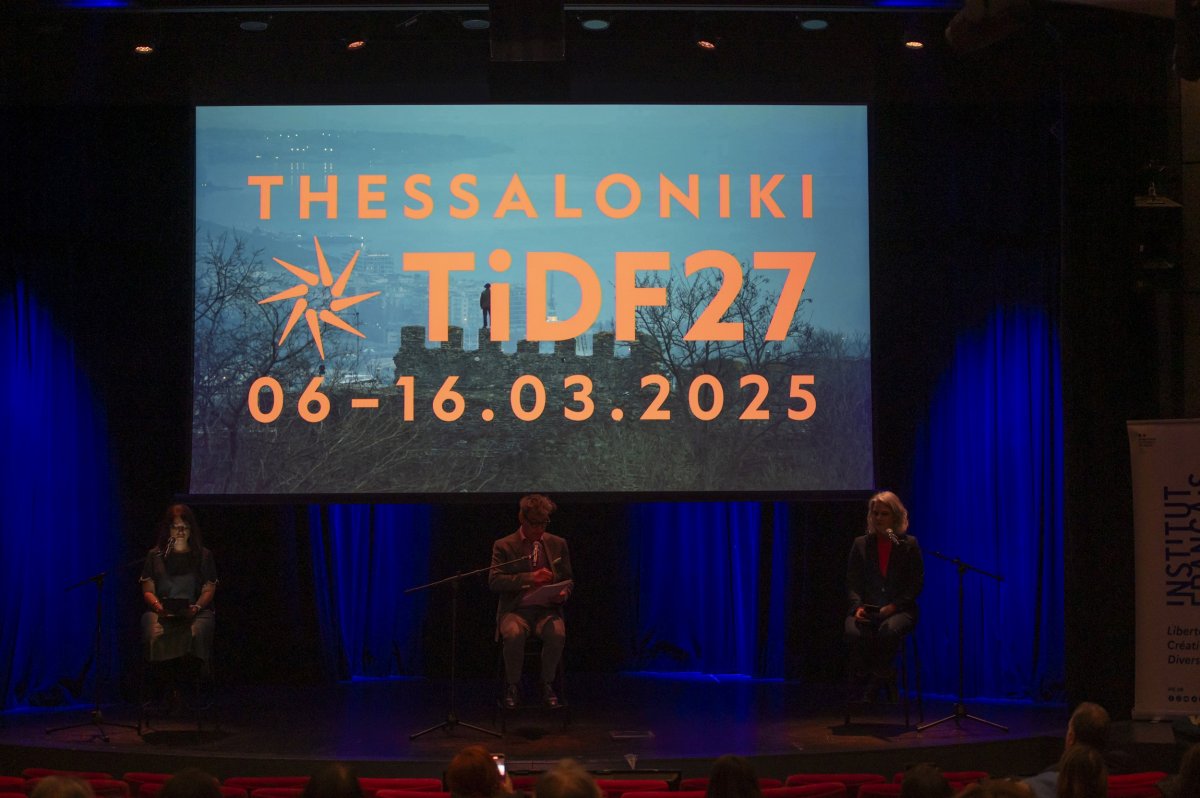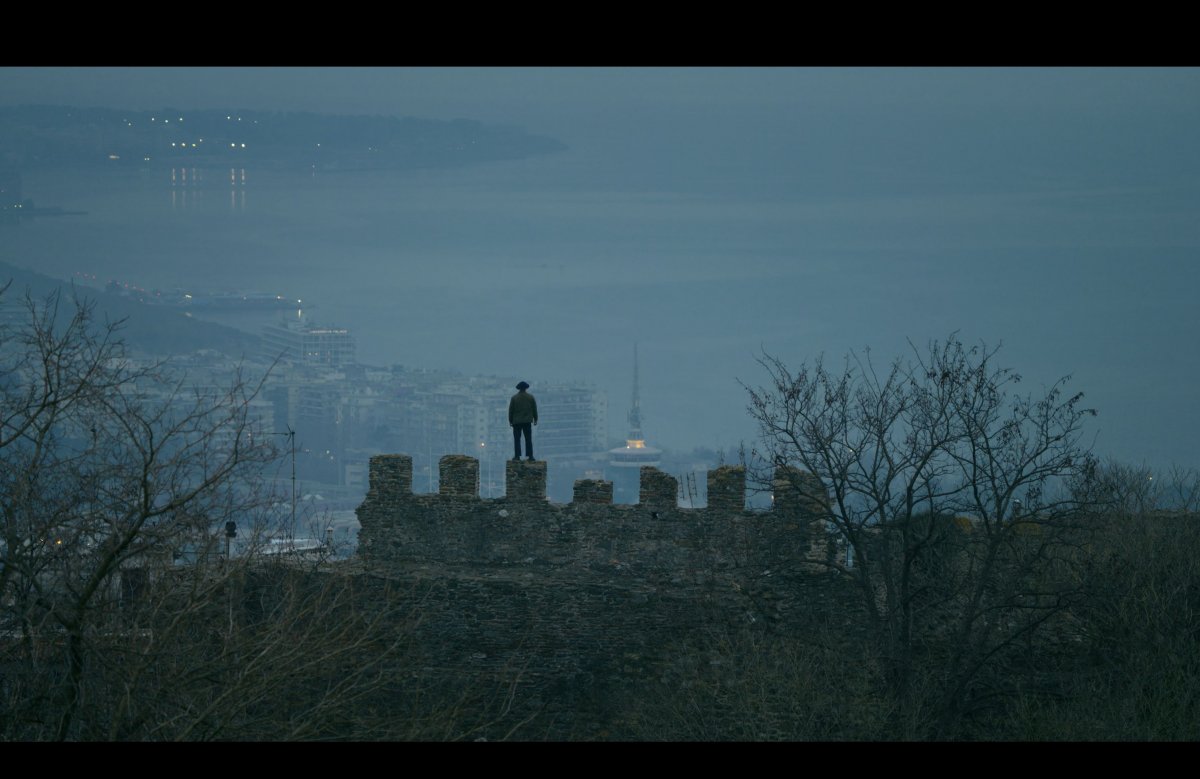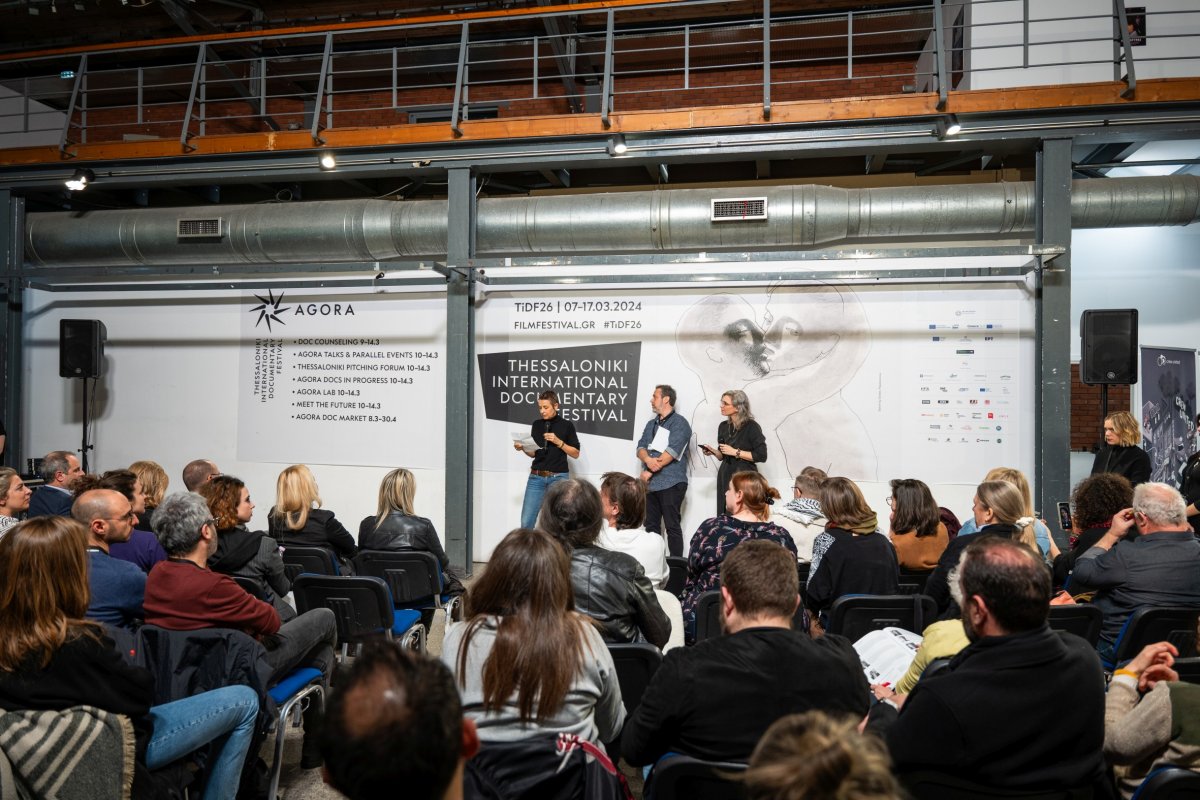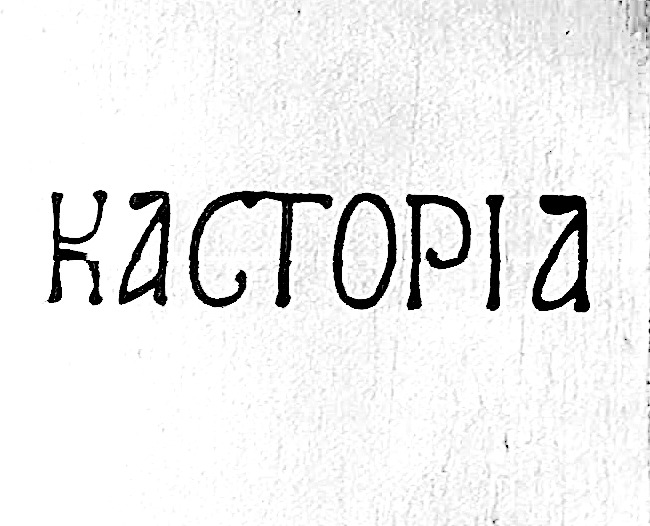Members of the 17th Thessaloniki Documentary Festival audience were offered a special cinematic treat last night. The event The Measure of All Things took place on Sunday March 15, 2015, at 20:30 at a packed Olympion theatre and was organized in cooperation with the U.S. Embassy.
Sam Green, the director of The Measure of All Things was present at the screening to provide a live commentary on stage. The evening’s soundtrack was provided by the six-piece orchestra yMusic, who are renowned for the way they exquisitely combine elements of classical and pop music. The American filmmaker, who was nominated for an Academy Award for his 2004 documentary The Weather Underground, referred to this kind of event as a “live documentary”. With this process, he reconstructs the elements of a documentary film and redefines them as a live performance, something Green classifies as a cross between performance, cinema and lecture. The filmmaker has previously presented similar “live documentaries”, including The Love Song of R. Buckminster Fuller, with music provided by the indie rock group Yo La Tengo.
The Measure of All Things was first screened at Sundance in 2014. The film is inspired by the world famous Guinness World Records publications, which first appeared in 1955, as an initiative of the Guinness Breweries. The series’ first books were by twin brothers Norris and Ross McWhirter. Green has been inspired by the books, which have fascinated him from an early age. “It is a book full of mystery, humor and human madness”, he characteristically said at the screening. The film presents information about the lives of various record-holders. “Why does the documentation of all these records have such a strong appeal?”, the director asked the audience, adding: “I wonder if they represent human progress, as the world moves at its frenetic pace.”
Among the record-holders that appear in the film is the world’s former tallest man (a 2.36m tall man from Mongolia) whose record was recently broken. He did manage to save a dolphin using his long arms. In the film we also see the world’s oldest living organism (a 5000 year old pine tree in southern California), the woman with the longest name, the oldest living human (a record that is broken frequently), the man that has survived being hit by lightning the most times (seven!) as well as the woman with the longest nails.
Some of these records are truly impressive. For example, at the quietest place on Earth (an anechoic chamber at a lab in Orfield, Minnesota) the volume is -13 decibel. Other records seem meaningless, according to the director, for instance, memorizing the sequence of numbers in the mathematical “π”. The record is currently held by a Chinese man who can accurately count 67,891 digits before making a mistake. There are also records that exist for no apparent reason. Take Mark Covert, for instance. He holds the record for the longest streak of running every day. He has run at least a mile a day, every day since 1968. Why? Not even he can answer that question.
As Sam Green mentioned at the screening, The Guinness Book of Records isn’t what it used to be. Even though its publishers have tried to make it more attractive and flashy (the last edition appeared in 3-D), the book has lost some of its appeal because of the Internet. The world is forever changing, records are broken and the Guinness books are viewed as relics. Older editions are selling for less than a dollar on amazon.com. Green’s film is thoughtful, moving and humorous in the way it expresses concerns about the passing of time, our limited time on Earth and the meaning of luck. He connects these themes with the idea of records and how quickly they are broken.
In one of the film’s last scenes we see “Pale Blue Dot“, a photograph of planet Earth taken in 1990, by the Voyager 1 space probe, from a record distance. The photograph faintly shows our planet in immense space. American astronomer Carl Sagan suggested that the space probe turn its lens to Earth, to take one last photo, before departing from our solar system. “A pale blue dot bathing in a ray of light”, as Sagan described it.
















